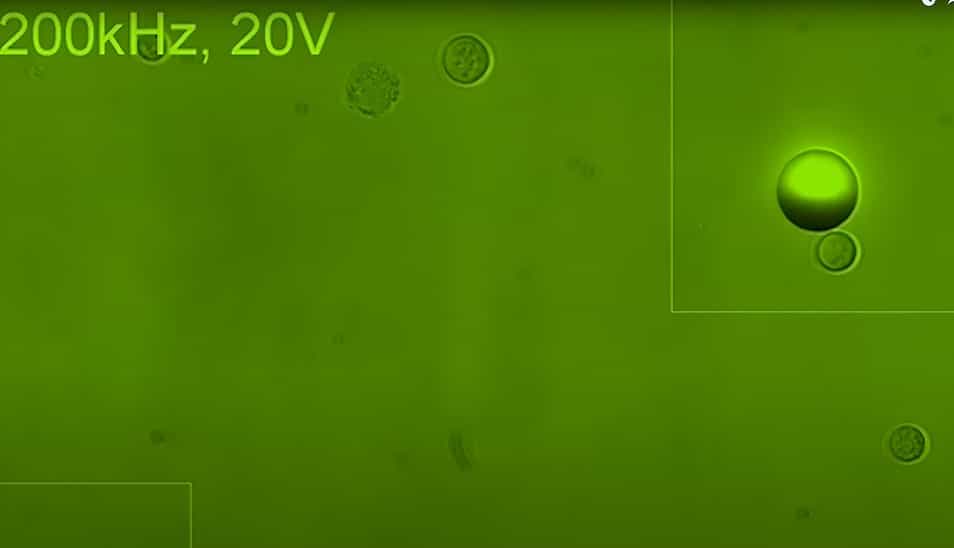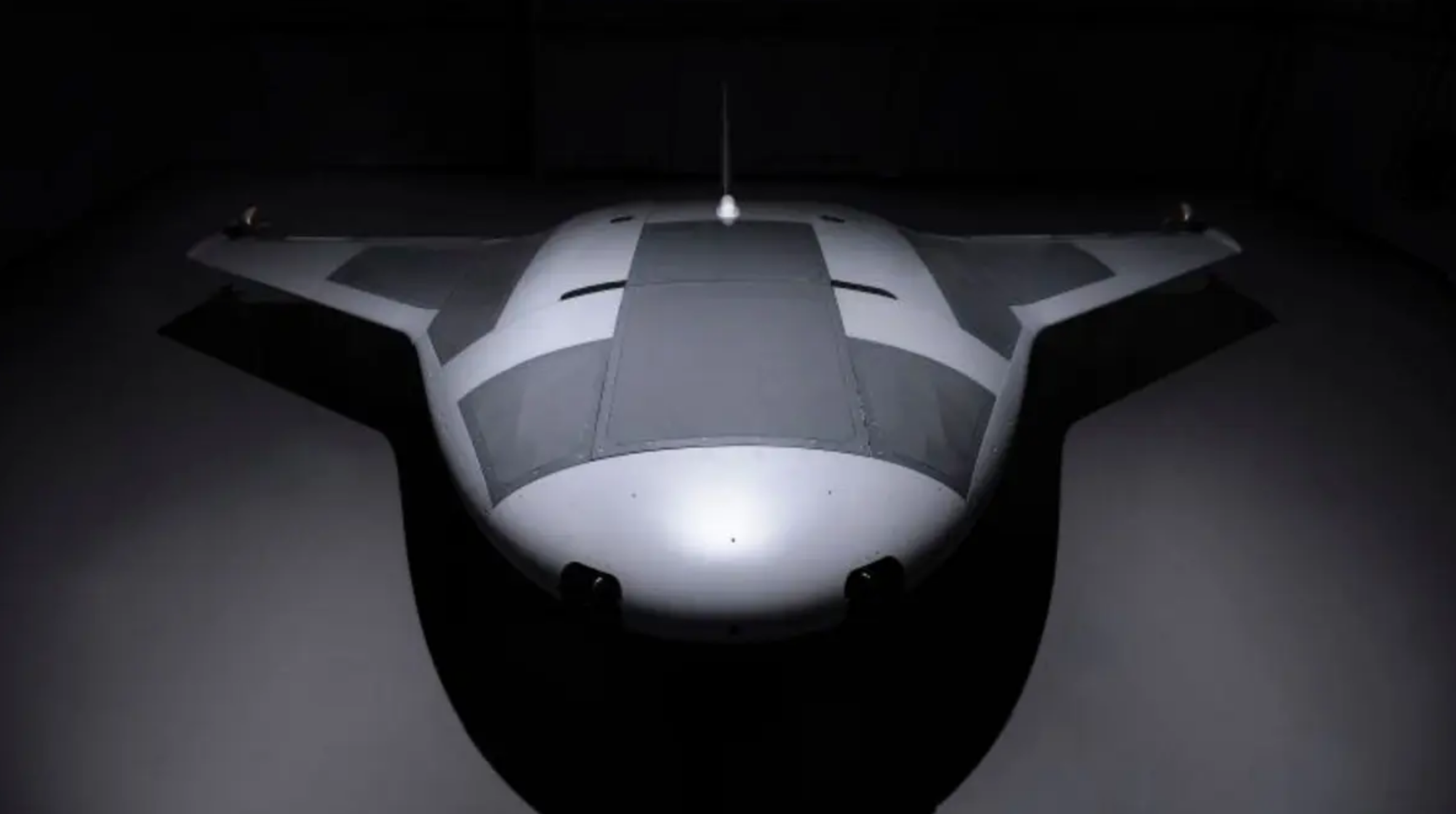In a revolutionary medical development, Researchers from Tel Aviv University, Israel, have created a hybrid micro-robot capable of identifying, capturing, and transporting individual cells.
Inspired by biological swimmers such as bacteria and sperm, these tiny robots can move around the human body performing various functions autonomously or through external control by an operator. Measuring only ten microns in diameter, this tiny robot utilizes both electric and magnetic fields for navigation. To put this in perspective, a human hair is approximately 70 microns. The human eye cannot see anything under 40 microns.
This tiny robot could be beneficial in the development of anti-cancer drugs
In a biological sample, a micro-robot while navigating between different cells, could distinguish between different types of cells. It is capable of identifying whether a particular cell is healthy or dying, and can also transport the desired cell for further studies, such as genetic analysis.
It is also able to transfect a drug and/or gene into the captured targeted single cell. This ability could help create a targeted treatment for various diseases, like cancer.
Opening the door to a vast array of applications
Researchers foresee that this study could help in promoting research in the field of ‘single cell analysis’. These micro-robots can also help in medical diagnosis, drug transport and screening, surgery, as well as surgical procedures.
“Among other things, the technology will support the following areas: medical diagnosis at the single cell level, introducing drugs or genes into cells, genetic editing, carrying drugs to their destination inside the body, cleaning the environment from polluting particles, drug development, and creating a ‘laboratory on a particle’,” said Gilad Yossifon, corresponding author of the study.
The study was published in the journal Advanced Science.





